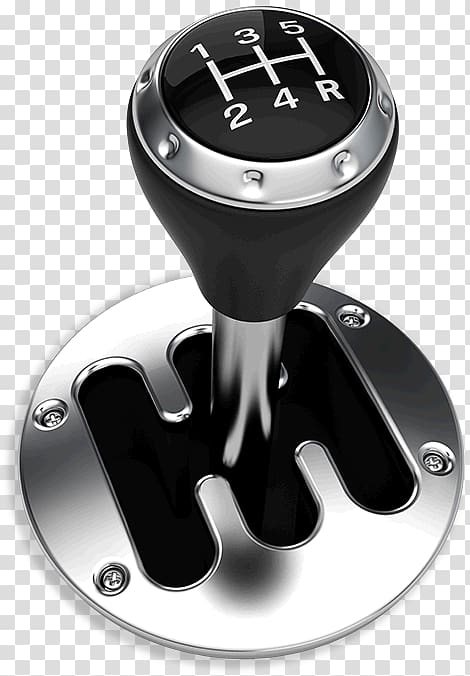Direct Shift Gearbox
DSG: if you like to find out how the DSG gearbox works please click the video beside. Explanation and advantage of the feature will be shown in the video.To. Direct Shift-CVT: A New Type of Continuously Variable Transmission Presentation Innovation Developing Ever Better Cars Personal Development TNGA The basic function of any transmission system is to achieve transmission efficiency, high-efficiency engine ranges, and highly responsive gear changes.
Advantages and Disadvantages
- Advantages
Direct Shift Gearbox or DSG transmission is a type of manual gearbox designed to shift gears automatically without a clutch pedal. According to Volkswagen, this combination offers the comfort of an automatic transmission and high-efficiency of a manual transmission. How does the DSG work? A direct-shift gearbox (German: Direkt-Schalt-Getriebe), commonly abbreviated to DSG, is an electronically controlled dual-clutch multiple-shaft manual gearbox, in a transaxle design – without a conventional clutch pedal, and with full automatic, or semi-manual control. The first actual dual-clutch transmissions derived from Porsche in-house. Create new account.
- Better fuel economy (up to 15% improvement) than conventional planetary geared automatic transmission (due to lower parasitic losses from oil churning) and for some models with manual transmissions;
- No loss of torque transmission from the engine to the driving wheels during gear shifts;
- Short up-shift time of 8 milliseconds when shifting to a gear the alternate gear shaft has preselected;
- Smooth gear-shift operations;
- Consistent shift time of 600 milliseconds, regardless of throttle or operational mode;
- Disadvantages
Direct Shift Gearbox Automatic Transmission
- Achieving maximum acceleration or hill climbing, while avoiding engine speeds higher than a certain limit (e.g. 3000 or 4000 RPM), is difficult since it requires avoiding triggering the kick-down-switch. Avoiding triggering the kick-down-switch requires a good feel of the throttle pedal, but use of full throttle can still be achieved with a little sensitivity as the kick-down button is only activated beyond the normal full opening of the accelerator pedal.
- Marginally worse overall mechanical efficiency compared to a conventional manual transmission, especially on wet-clutch variants (due to electronics and hydraulic systems);
- Expensive specialist transmission fluids/lubricants with dedicated additives are required, which need regular changes;
- Relatively expensive to manufacture, and therefore increases new vehicle purchase price;
- Relatively lengthy shift time when shifting to a gear ratio which the transmission ECU did not anticipate (around 1100 ms, depending on the situation);
- Torque handling capability constraints perceive a limit on after-market engine tuning modifications (though many tuners and users have now greatly exceeded the official torque limits.); Later variants have been fitted to more powerful cars, such as the 300 bhp/350Nm VW R36 and the 272 bp/350 Nm Audi TTS.
- Heavier than a comparable Getrag conventional manual transmission (75 kg (170 lb) vs. 47.5 kg (105 lb));
- Mechatronic units in earlier models are prone to problems and requires replacement units

Advantages and Disadvantages

- Advantages
- Better fuel economy (up to 15% improvement) than conventional planetary geared automatic transmission (due to lower parasitic losses from oil churning) and for some models with manual transmissions;
- No loss of torque transmission from the engine to the driving wheels during gear shifts;
- Short up-shift time of 8 milliseconds when shifting to a gear the alternate gear shaft has preselected;
- Smooth gear-shift operations;
- Consistent shift time of 600 milliseconds, regardless of throttle or operational mode;
- Disadvantages
Direct Shift Gearbox Problems

- Achieving maximum acceleration or hill climbing, while avoiding engine speeds higher than a certain limit (e.g. 3000 or 4000 RPM), is difficult since it requires avoiding triggering the kick-down-switch. Avoiding triggering the kick-down-switch requires a good feel of the throttle pedal, but use of full throttle can still be achieved with a little sensitivity as the kick-down button is only activated beyond the normal full opening of the accelerator pedal.
- Marginally worse overall mechanical efficiency compared to a conventional manual transmission, especially on wet-clutch variants (due to electronics and hydraulic systems);
- Expensive specialist transmission fluids/lubricants with dedicated additives are required, which need regular changes;
- Relatively expensive to manufacture, and therefore increases new vehicle purchase price;
- Relatively lengthy shift time when shifting to a gear ratio which the transmission ECU did not anticipate (around 1100 ms, depending on the situation);
- Torque handling capability constraints perceive a limit on after-market engine tuning modifications (though many tuners and users have now greatly exceeded the official torque limits.); Later variants have been fitted to more powerful cars, such as the 300 bhp/350Nm VW R36 and the 272 bp/350 Nm Audi TTS.
- Heavier than a comparable Getrag conventional manual transmission (75 kg (170 lb) vs. 47.5 kg (105 lb));
- Mechatronic units in earlier models are prone to problems and requires replacement units
